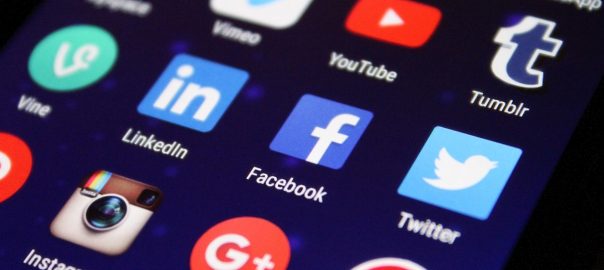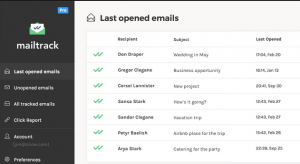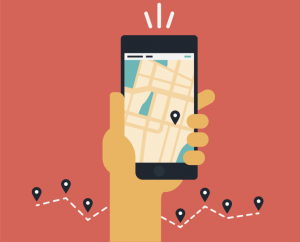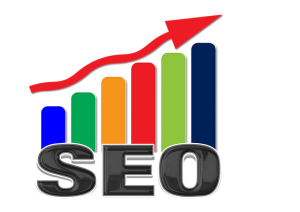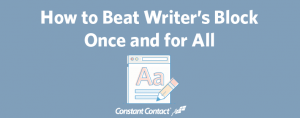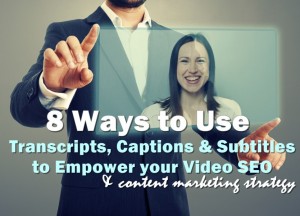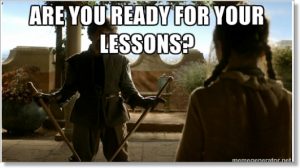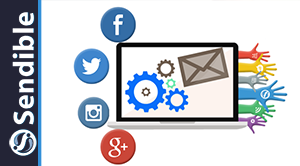— July 18, 2018
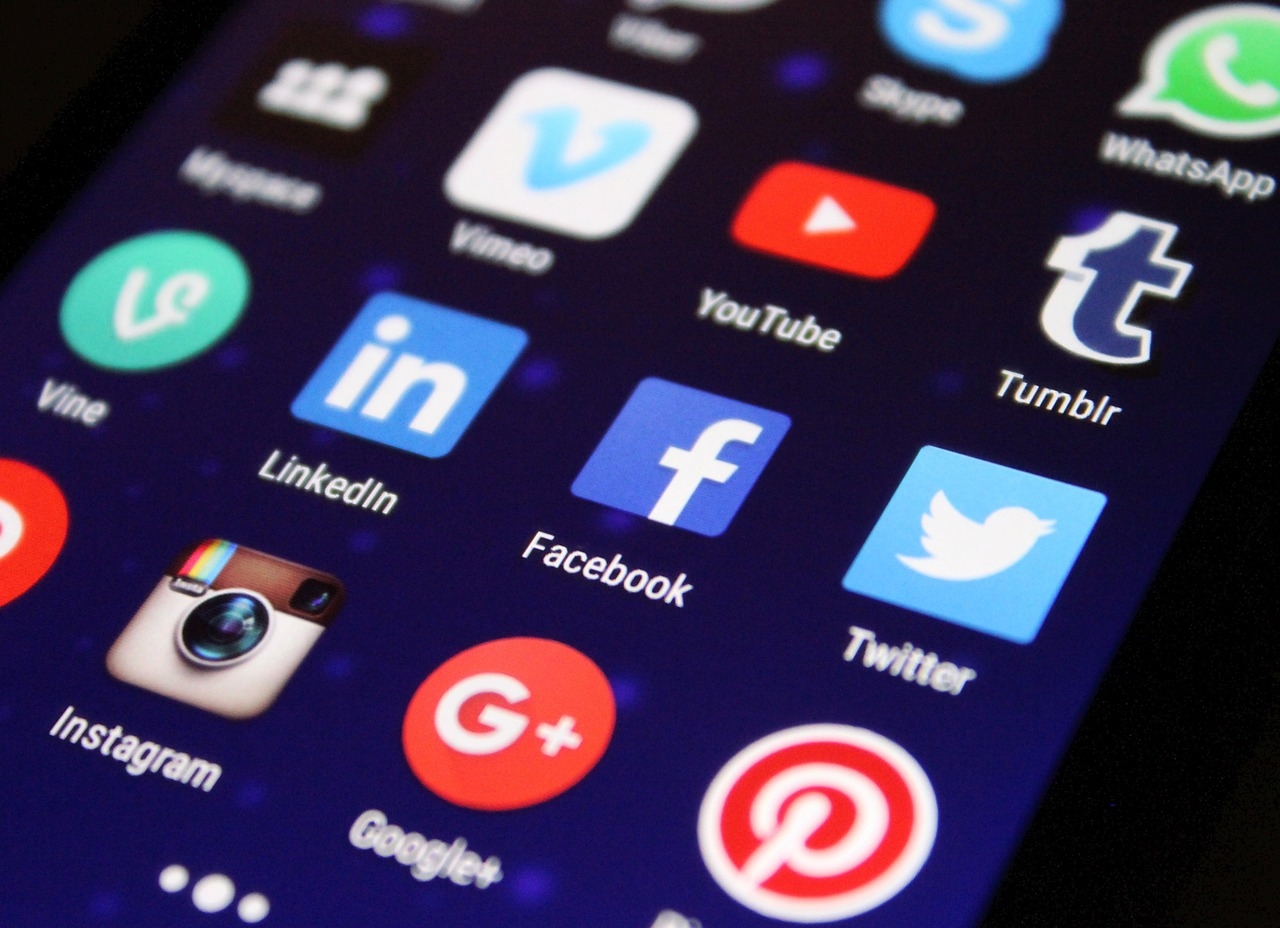
Pixelkult / Pixabay
Is the era of “free” social media marketing dead? It seems so, but here is the guide to the new reality.
Organic Social Media is Dead
Yes, it’s true. Organic reach on social is getting harder and harder. Facebook reach was already on the decline in 2016, but in 2018 Facebook’s news feed changed and reduced the exposure of the organic feed by going all in on a people-first focus (as opposed to giving business or media pages equal viewing). This sparked a massive decline in the exposure your business page gets on your prospects’ feeds – it’s now estimated that only 6% of your audience ever sees your organic posts.
LinkedIn is a bit more secretive on algorithm changes, but overall video has entered the fray and the frequency of your posts matters a lot. But as more paid ads come into play, and the fallout on Facebook drives new users over to LinkedIn, it’s getting a lot more crowded.
Other channels – Twitter, and to a lesser extent, Instagram – offer easier visibility, but are still heavily crowded.
And all of that doesn’t account for the fact that the user base is changing. Younger users are dominating new channels, and the focus and targeting of those mass markets is still developing
Here’s the bottom line: today, to get where you want to be on Facebook or Linkedin, you need to pay to play.
So Why Buy Social Media?
The first reason to buy social media is that it’s relatively cheap compared to some search engine placements. You can spend a thousand dollars on Facebook with a lot more return on impressions and clicks than you’d get with the same spend on Google. This is due to high conversion rates.
Conversion Rates
The common take nowadays is that Facebook is entering into its death throes as younger generations move on to new and more exciting platforms. However, don’t discount paid social on this tried and true platform. Facebook still has an overall conversion rate of 4.7%, nearly 2% higher than the next leading social platform of Instagram with a conversion rate of 3.1%. With that being said, paid social on Facebook can give you great bang for your buck.
While Facebook has a high conversion rate, this rate isn’t the same across all industries. If you choose your platform based solely on overall conversion rates, you could be missing out on your target audience. If you’re missing your target audience, you’ll miss out on conversion opportunities.
For most B2B businesses, your target audience will be on LinkedIn. Just how good is LinkedIn’s paid social for B2B? It has a conversion rate of 6.1% as compared to Google search engine conversions for B2B businesses which comes in at just 2.58%. At 2% higher than the overall conversion rate for Facebook, LinkedIn’s paid social could very well be the bread and butter of paid social media for B2B.
Demographic Targeting
Besides its cost-effectiveness, paid social media offers your business a lot in the way of demographic targeting. There are paid social opportunities on Instagram, Facebook, Twitter, and LinkedIn. Each platform has a unique audience demographic. Choosing where to spend your money is just as important as choosing what to spend it on.
It’s also important to set the parameters of your paid social media. Paid social advertising allows you to set the geographic area of your advertisement and really focus in on making sure that your ad is relevant to whoever sees it. This is a huge plus as compared to organic social media. When you’re trying to create a high conversion rate using organic, you can often feel as though you’re throwing content out into the void of the internet and waiting for a response.
Especially with the change in algorithms, responses have become rarer.
Paid social media alleviates this feeling of desperate yelling into the void by creating parameters. If you’re an HVAC company in Frederick, MD you need your ads to be seen by business owners around Frederick MD. It does you no good if a 15-year-old in Timbuktu is the only one seeing your ad (sure, you may inspire the next generation to become an HVAC professional, but you’re not generating those sought after leads). Paid social bypasses these worries by setting up parameters to give your ad relevancy.
So, How Do You use Paid Social?
You know why you should buy paid social. But you can’t just buy some ads, put them on LinkedIn, and hope for the best. For the best return on your paid social, you need a strategy.
Diversify, Diversify, Diversify
Yes, LinkedIn is clearly a great platform for B2B companies. However, the phrase “don’t put all your eggs in one basket” is good to keep in mind.
People want a company brand that feels dynamic and authentic. You can reach that goal by ensuring that you have a presence in most major platforms. Plenty of companies don’t have the budget to go all out on a full paid campaign across four different platforms.
I’m here to tell you that you don’t need to.
Start with the majority of your paid social on LinkedIn. This garners interest in your company and begins to build you more leads and a larger online presence. Then, run a paid ad or two on Facebook. You don’t have to invest in a huge spend, but remember, Facebook can still generate you leads. And creating a presence on multiple platforms boosts your online persona and legitimizes your company.
Build Up Your Dominoes and Knock Them Down
When a business sees your paid ad on LinkedIn, they’re going to do their research. The bigger your online presence, the more comfortable they’ll feel with you. Running a paid ad or two on Facebook helps to boost your online presence on a second platform. It’s reinforcement.
You need to look at your online presence like a chain of dominoes, of which paid social is a huge part. A full-blown paid campaign on LinkedIn brings in leads and a high conversion rate for your company. This knocks down the first domino by targeting your demographic. Next, clients want to know more about you. Facebook builds a community.
Domino number two falls down with a paid ad or two on Facebook. This boosts your presence on a second platform. Because of the boosted presence with paid social, you can start to build your Facebook community and showcase your company culture.
Facebook allows companies a lot more interactivity online than LinkedIn’s more static set up. Because of this, LinkedIn is where you display your expertise. Facebook is where you show who you are as a company.
The interaction Facebook allows between a company and its clients is essential for domino number three. Don’t be afraid to respond to comments, share third party articles from your vendors, and build that community.
Yes, Organic is Dead. But Social Media Isn’t.
Paid social is a crucial part of generating leads and creating your company’s online presence. It’s easy on your wallet, targets effectively, and has a high conversion rate– if you use it right. Set up that domino chain correctly, and you’ll create a social media machine that brands your company as authentic, legitimate, and expert.
Part of your diversification of platforms should include diversification of method. Organic is no longer sufficient in generating interest in your company – not when only 6% of your audience sees your posts.
Think of paid social as the worm on a fishing hook.
It’s how you reel your audience in, only to wow them with wonderfully-cultivated organic posts that showcase your expertise and authentic interactions with your clients.
Digital & Social Articles on Business 2 Community
(50)
